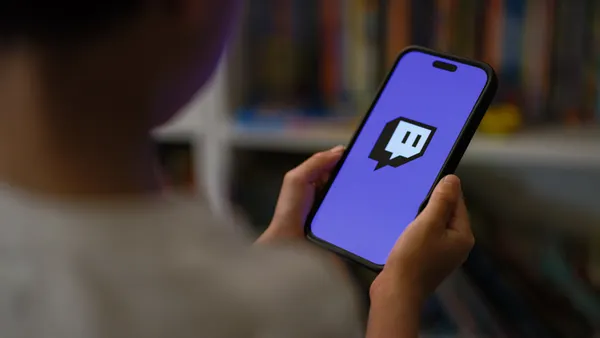I knew you'd be reading this. Well, maybe not me, specifically. But the algorithm did. Whether you found this on the homepage, through LinkedIn, Facebook, Twitter, Search or anywhere else, it was not an accident.
In 1968 Ithiel De Sola Pool (a founder of American social sciences) wrote:
"New technology is allowing the editors of mass media to tailor their contents to the interests of small, specialized audiences…The future of communications will be radically different from its past because of such AI. If media become "demassified" to serve individual wants, it will not be by throwing upon lazy readers the arduous task of searching vast information bases, but by programming computers to give particular readers more of what they chose the last time." ¹
In current terms, Pool called it. Our interests are studied, our feeds are curated, and our consumption is predictable. Fifty-three years after writing this passage, we marketers and creators are living (and at times dying) by the way algorithms favor our content. It's a modern phenomenon with a long history, and yet many are still figuring out what this means for the reach and impact among small and large groups alike.
At imre, we talk a lot about how the social media revolution was attractive to people, as it was simply the digitalization of human behavior. In fact we have a team of experts leading programming around what makes something social - and the remit expands well beyond social media platforms as you can imagine.
Cliques. Personas. Groups. Cohorts. All these are terms that aim to aggregate large groups of individuals who share commonalities regardless of their location. The ability to segment groups by behaviors and interests has created a new wave of how people gather, share, and remember information. And the importance of understanding why social media is favoring a story (meaning viral content) is really important for us all. These algorithms across Google, Facebook, Instagram, YouTube, TikTok, Twitter and so on, are all designed with the goal of predicting human behaviors based on the endless stream of information we offer them daily. So, if you find yourself unable to reach your audiences using these algorithms, don't blame them; they're just working - as Pool said in 1968 - to give "readers more of what they chose last time."
To be impactful you must first understand what it is your audience wants, as that is how to be relevant and seen in today's battle for content consumption. The more authentic, the better the chance it is of being seen.
And if you need more proof that this is not new, let's take another look at Pool's claims in the 60's. "In the coming atomized society, the information the citizen gets will arise from his own specific concerns."
So, as we explore how social media has changed the newsroom, the answer is pretty straightforward. Social media has altered the ways in which we as brands, creators and writers understand what is relevant. The algorithms, and their predictive nature, are providing us real-time understanding of what people are interested in, what they want to consume, and as a result forced us to change the lens from "what do we want people to know about us?" to "what is our audience consuming, and how can we provide them value through that?"
There's a reason that more than half ² of Gen-Z is consuming their news through traditional media less than once a month if that. It's because they are being served relevant and attention-grabbing content regularly in their feeds, through these predictive models, that know what is most interesting based on past consumption behaviors. And it is because of this demand, built by our audiences, and driven by platforms, that we are challenged to be better storytellers. We can't simply tell our story; we need to tell their story too - or at least align with the ones most recently consumed.
Note from the Author: If you are interested in learning more about the history of the algorithm, I highly recommend "If Then", by Jill Lepore and "The Innovators", by Walter Isaacson. And, if podcasts are more your thing, you should check out "Rabbit Hole" by the New York Times to get a sense of how powerful these algorithms have become.
Resources
¹ IP, Technologies of Freedom (Cambridge, MA: Harvard University Press, 1983) 226-51
² https://www.statista.com/statistics/1124119/gen-z-news-consumption-us/










